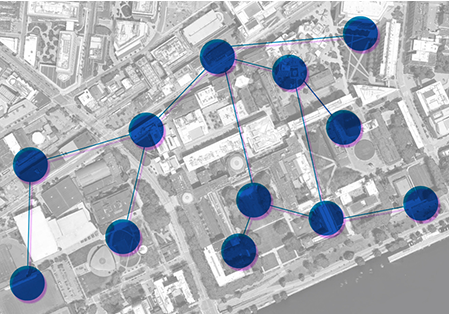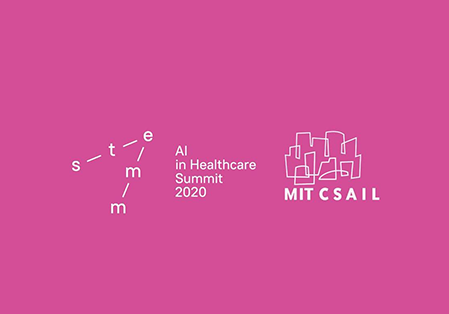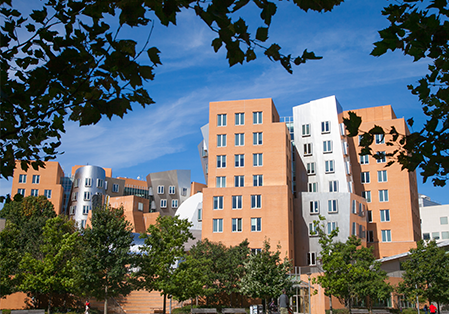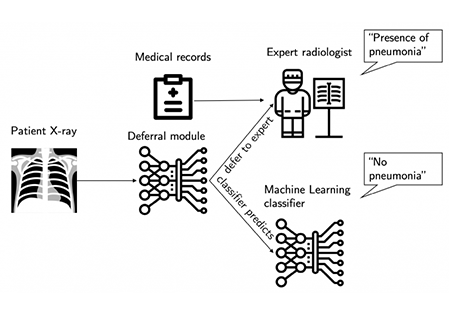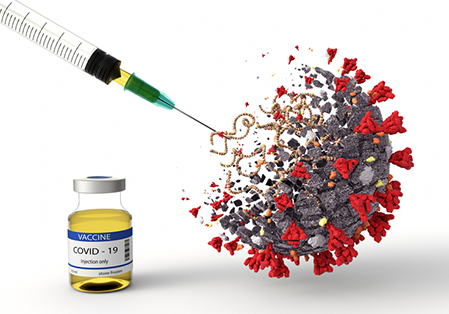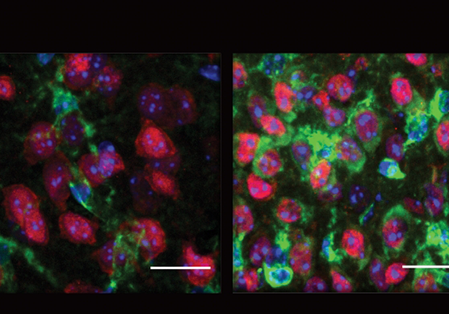Contact tracing is an essential tool for fighting the Covid-19 pandemic: If someone tests positive for the virus, health care workers move quickly to determine who else the infected individual had close contact with, and to set up measures to keep the virus from potentially spreading further. Yet while contact tracing has been a much-repeated phrase during the pandemic, people in the MIT community and beyond may wonder: How does the system actually work on the Institute’s campus?

